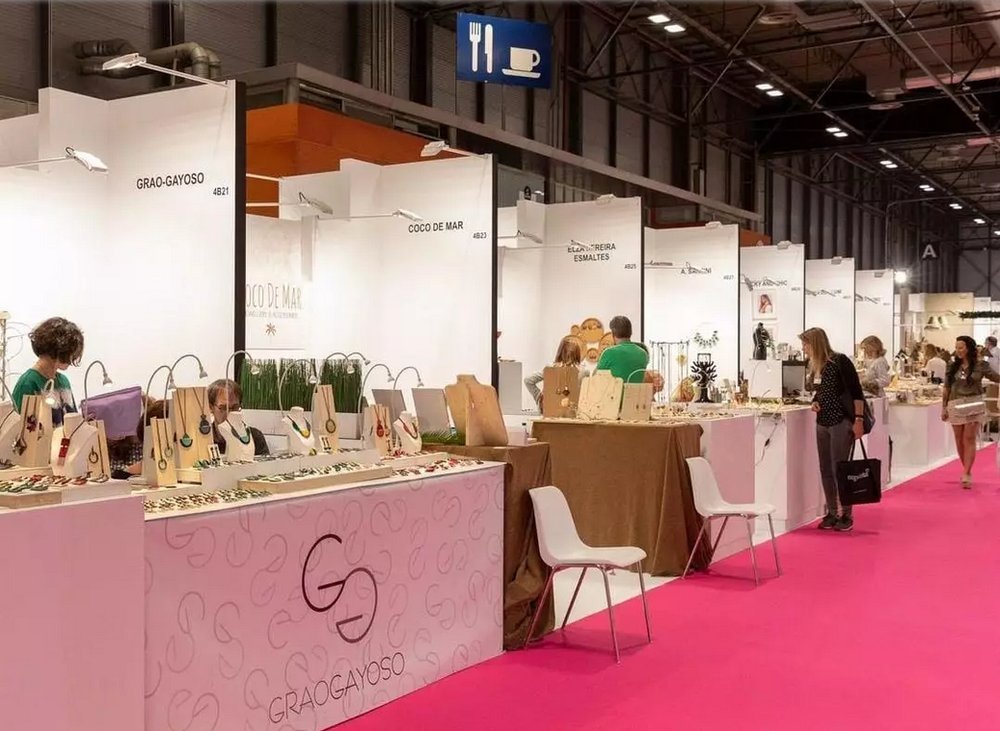«Discover the latest UK inflation data revealing a dip in overall Consumer Prices Index (CPI) inflation, yet fashion prices remain notably high. Explore the impact on consumer spending and challenges faced by retailers in this comprehensive SEO-optimized overview.»
In a noteworthy pre-Christmas development, the UK’s Office for National Statistics reports a surprising drop in inflation for November, providing potential relief for consumers and retailers. Delve into the details of the Consumer Prices Index (CPI) inflation, hinting at possible interest rate cuts sooner than anticipated, and unravel the complex scenario where fashion prices continue to rise above the average.
The British annual CPI fell to 3.9% in November, marking the lowest rate since September 2021. Despite this slowdown, inflation remains above the Bank of England’s target rate of 2%, indicating that prices are still rising faster than desired.
Explore the intricacies of the CPI, including the Consumer Prices Index with owner occupiers’ housing costs (CPIH), which rose by 4.2% in the 12 months to November, and Core CPIH (excluding energy, food, alcohol, and tobacco) at 5.2%. The clothing and footwear sector, with a CPIH figure of 6.2% in October easing to 5.7% in November, emerges as a key focus, showcasing dynamics that may influence consumer spending.
While fashion prices are not decreasing as rapidly as other segments, the decline in other areas presents an opportunity for consumers to allocate more spending towards fashion. Helen Dickinson, CEO of the British Retail Consortium, acknowledges positive trends but raises concerns about potential risks in 2024, emphasizing the need for the government to consider the cumulative impact of policies.


































